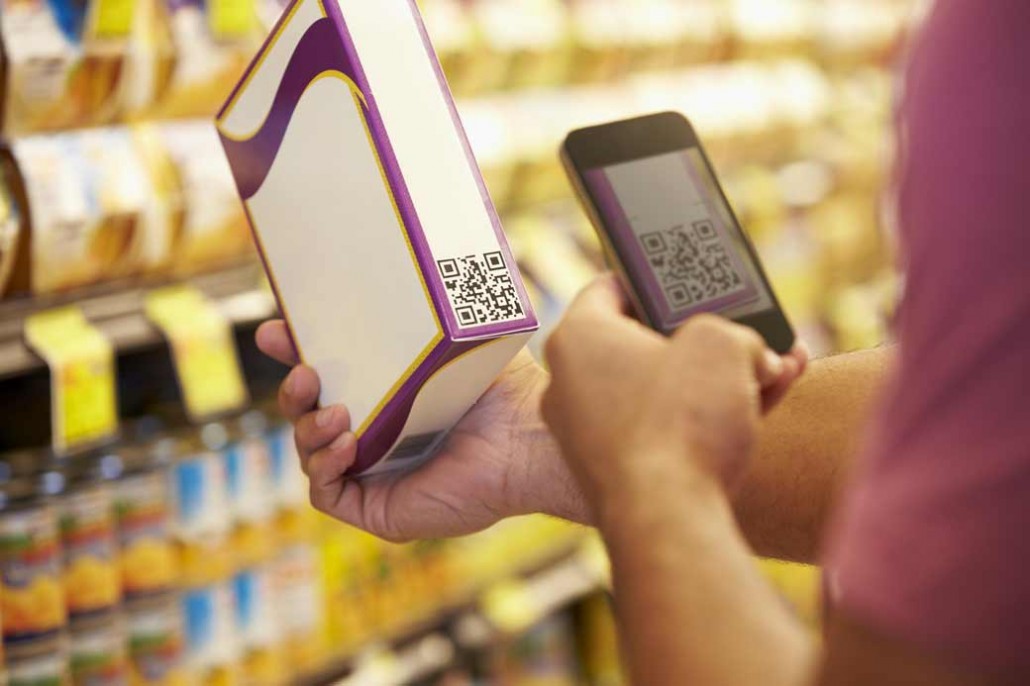Telecom & Technology Consulting

Today’s retail consumers want more than the best product at the best price. According to the prevailing thinking, if they’re going to spend their hard-earned money, whatever they buy better be environmentally-friendly.
Along with that mindset, shoppers also have access to information about a brand’s sustainability record. They can no longer be fooled by feel-good corporate slogans about their “commitment to protecting the planet”. So if retailers want to appeal to consumers who care about environmentalism, they have to support their sustainability claims with evidence.
That’s why an increasing amount of brands are using QR codes to spread the word about their green behaviors and business practices. With QR codes, retail companies can tell a richer environmental story: how they source materials, details about distribution, the origins of ingredients, manufacturing processes, statistics about their carbon footprint and much more.
Plus, with QR codes, shoppers can access other types of content including videos, infographics, and interactive guides. In this way consumers don’t only learn about a brand’s environmental activities, they experience the positive impact the company is making to deliver truly sustainable products.
By offering more information via QR codes, brands build more trust with current and potential consumers. And at the core, that trust stems from retailers being transparent about their sustainability efforts.
Trust is essential for shoppers. In fact, as illustrated in a survey by Specright, over 70% of respondents said they tend to have more trust in a brand’s sustainability message when it’s either printed on the product or available via QR code.
QR codes offer a win-win, in that retail companies can now offer more information while reducing packaging size and, in some cases, eliminating in-store displays altogether; this reduces paper usage, printing activities, and other activities that can have negative sustainability consequences.
The transformation from paper to digital information with QR codes makes it easier for brands to educate consumers on their sustainability activities. For example, by using QR codes, they can detail corporate recycling practices, and provide tips to incentivize eco-friendly behaviors after purchase. As such, shoppers have easy access to information on green disposal methods, recycling facilities in their area, and ideas to promote waste reduction in their neighborhoods.
Many inventive brands are going beyond supplying information about their environmental record. They’re encouraging customers to join them by offering rewards or discounts for recycling or returning the packaging to designated locations. For example, a great amount of retail product companies now provide QR codes that tell consumers how to send back a used item instead of it ending up in a landfill.
The general public appreciates how brands are making an effort to be sustainable. But perhaps just as important, this trend also aligns with the preferences of today’s consumers who increasingly demand convenience in their shopping experiences. According PwC, over 70% of shoppers state convenience is the most important aspect of a positive retail experience. In this case, the convenience comes from the fact that people can learn about a brand’s environmental practices on their own time – rather than having to quickly read a package at the store.
The combination of actual efforts to reduce carbon footprint and convenience of education goes a long way toward cultivating brand loyalty. QR codes can get much of the credit for that. The technology will only become more sophisticated over time, so look for an even tighter connection between brands and their customers via QR codes.